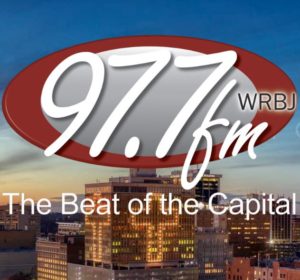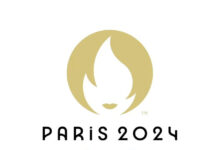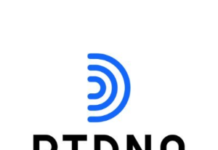
Steve Roberts is the President of Roberts Broadcasting, which owns WRBJ-FM in Jackson, one of the two stations GeoBroadcast Solutions is testing its new Zonecasting technology on. We spoke to Roberts about why he agreed to be a test station and how it’s working out for him.
Zonecasting allows stations to use boosters to split off 5 minutes (or less) of content from its regular broadcast signal and target it to specific communities inside a station’s contour map. Weather, traffic, news and commercials are examples of what would be targeted content.
Roberts tells Radio Ink that even though WRBJ has been #3 in the Jackson market for years, his revenue always came in around 9th. “We were getting hammered. We were going against iHeartMedia and other big groups. We didn’t have the ability to compete. It was a David vs. Goliath fight. We were probably the best known of all of them because we do a lot of community events but we could never get the advertisers to give us the respect that our station and listeners deserved.”
Roberts says the technology from GeoBroadcast Solutions was a step in the direction of leveling the playing field. “If we can cover the market better, in the car and in the home with this, that trickles down to our revenue. More importantly to our station, which is in the heart of the black community, we can assist small entrepreneurs, particularly folks who can’t afford to buy the bigger stations. We can charge a lower rate with a more concentrated signal in the market. We were intrigued by the technology. To us it was a three prong approach; better coverage in the market, being able to compete with a different product against the big boys, and helping the smaller business sell their products or services in that market.”
Roberts says he hasn’t gotten any complaints of interference from anyone and he doubts any of the bigger companies have even noticed he’s getting more revenue from the smaller businesses.
Both NABOB and the MMTC are in favor of moving forward with the new technology.
Roberts reached out to the city of Jackson and worked out a deal to rent space on four city towers. “We were very careful that it didn’t cause interference on different frequencies. It was a pure example of a creative public/private partnership which these days we need more of. It was a win-win. We’re bringing a new technology only available in one other state. Everyone was excited. When the testing occurred with the four sites we found the coverage was amazing. Our sellers have been going out to small and moderate sized businesses and telling them ‘you have a new opportunity. You know who we are but now we are affordable for you.'”
So, if the technology is not interfering with other stations and Roberts’ revenue is increasing as a result of this new technology, why the battle with the NAB? “People are afraid of change,” according to Roberts. “If you have a good model that works for you and you have someone else who’s coming forward with a different model that you’re not a part of, you don’t want to change. This allows people who didn’t have the opportunity to advertise, to now advertise on radio. I was raised to embrace change. Instead of looking for new opportunities people want to hold onto the old ways. If that had happened 50 years ago we wouldn’t have had a civil rights movement. You have smaller broadcasters, Hispanic, Asian, Black broadcasters who are excited about this technology. It’s a good step in the direction of leveling the playing field. If it helps the David’s fighting the Goliaths, why do you have such a fear of it? There must be something wrong with your model and you’re afraid of the new technology. I was extremely disappointed with the NAB’s actions when they talk about redlining. It’s insulting to those of us of color who’ve been out here fighting the fight for all these years to use the terminology that we lived through. As a community leader and someone who built all kinds of businesses throughout the United States, particularly in black communities I was like whoa. That raised a red flag. It didn’t take long to look at the technology and say that it had no validity to it.”
Comments on the rule change proposal are due to The FCC by June 21st, then the Commission will look at all sides and issue a decision. The Commission could also decide to order more testing.









Wow..first I’d heard of the proposal to allow boosters to separate for up to 5 minutes for local content. Is that 5 minutes at a time? 5 minutes per hour? Per day? In essence, the booster would become its own radio station. It would give a broadcaster the chance to counter, say, a national program’s content if it didn’t agree. While the most obvious idea is to separate commercial content, there are nefarious ideas that broadcasters could use to stretch whatever specific rules have been created for this. Did radio need AM stereo? FM Quad? HD? Maybe investing the money for this equipment into compelling, entertaining talent and programming instead could increase the effectiveness and value of the stations involved. While Mr. Roberts has a noble idea in super serving his smaller clients, I’m sure there are many who see the technical and content issues that most certainly will crop up if this technology is approved as is. Perhaps focusing in on the local market with more local talent would be a better way to start.
Pretty important stuff here. Clear that this is going to help the majority of radio owners… Time for the industry to be more agile, this is a good way to start.